- Joined
- Jul 30, 2023
- Messages
- 32
Hello. I've recently purchased the Atlas 618 pictured here, along with all the accessories shown, except he change gears. I impulsively ordered them from eBay. I read somewhere that the Dunlap 109 and Atlas 618 change gears are the same, saw this 109 set for $55 and just bought 'em. Fortunately, it appears they are the same gears. Different part numbers cast into them, but same width and they mesh perfectly with the gears that came on the machine.
The compound tool slide suffered a boo-boo at some point. Looking into replacing that.
The back gear assembly appears to have a few extra screws in the shaft. Not sure what that's about. Maybe someone here knows?
I'll be disassembling and cleaning the whole unit, as i find time. I'm hoping to learn how to properly assess the condition of the various components, address any issues, replace what needs replaced, etc.
Any thoughts concerning getting the best bang for my buck in the refurbishing of this lathe and/or as relates to beginning to actually outfit it for a beginners use would be greatly appreciated.
Been bumbling around the site here for a bit. I have already benefited from, and would be excited and grateful for any further suggestions, comments or opinions from the forum members here. Thank you.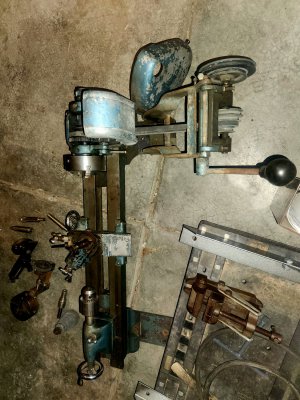
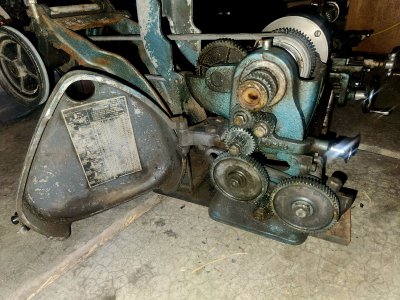
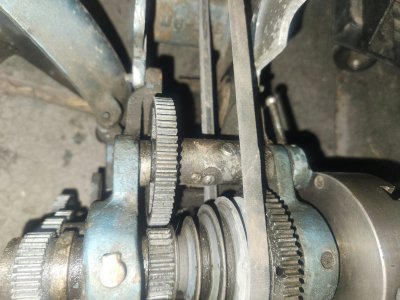
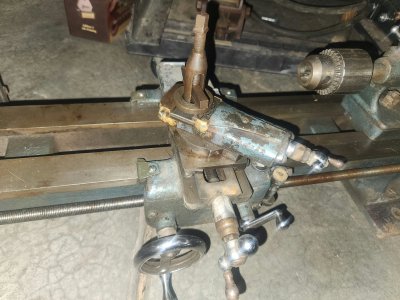
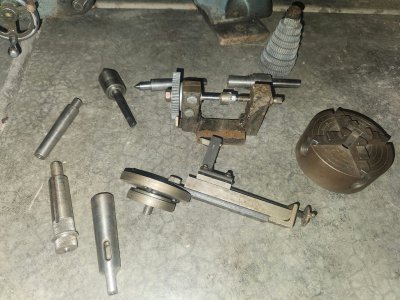
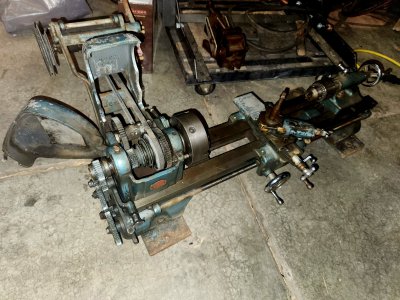
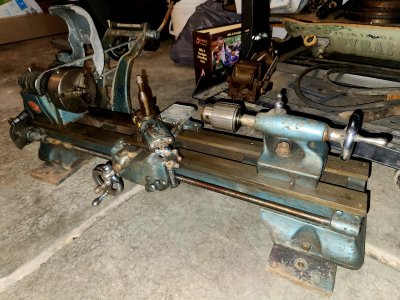
The compound tool slide suffered a boo-boo at some point. Looking into replacing that.
The back gear assembly appears to have a few extra screws in the shaft. Not sure what that's about. Maybe someone here knows?
I'll be disassembling and cleaning the whole unit, as i find time. I'm hoping to learn how to properly assess the condition of the various components, address any issues, replace what needs replaced, etc.
Any thoughts concerning getting the best bang for my buck in the refurbishing of this lathe and/or as relates to beginning to actually outfit it for a beginners use would be greatly appreciated.
Been bumbling around the site here for a bit. I have already benefited from, and would be excited and grateful for any further suggestions, comments or opinions from the forum members here. Thank you.







